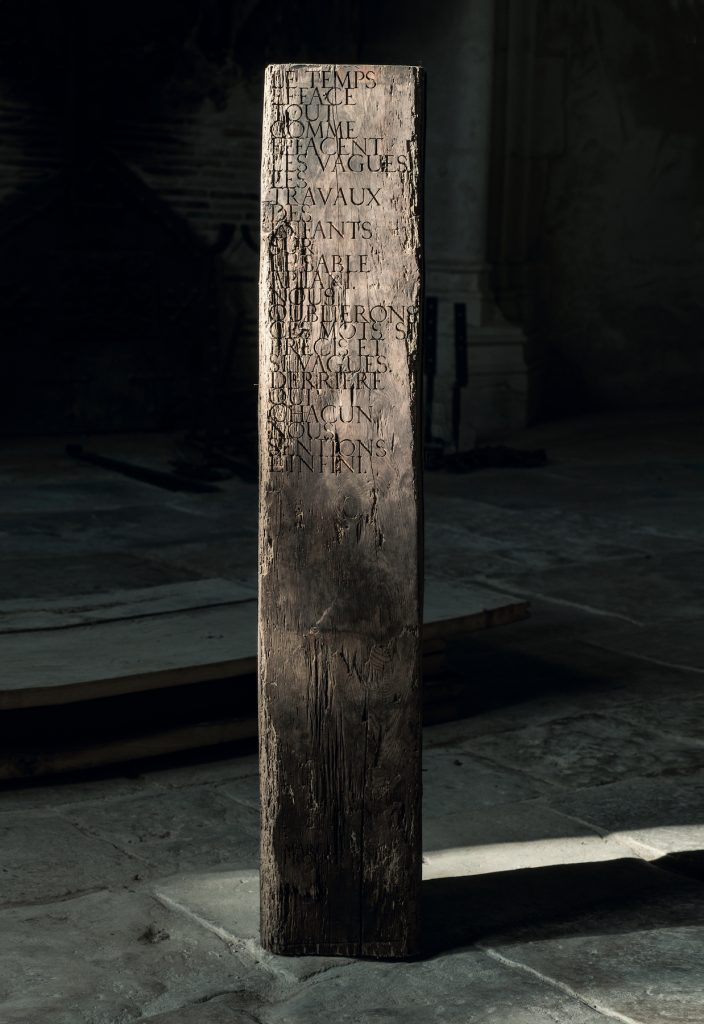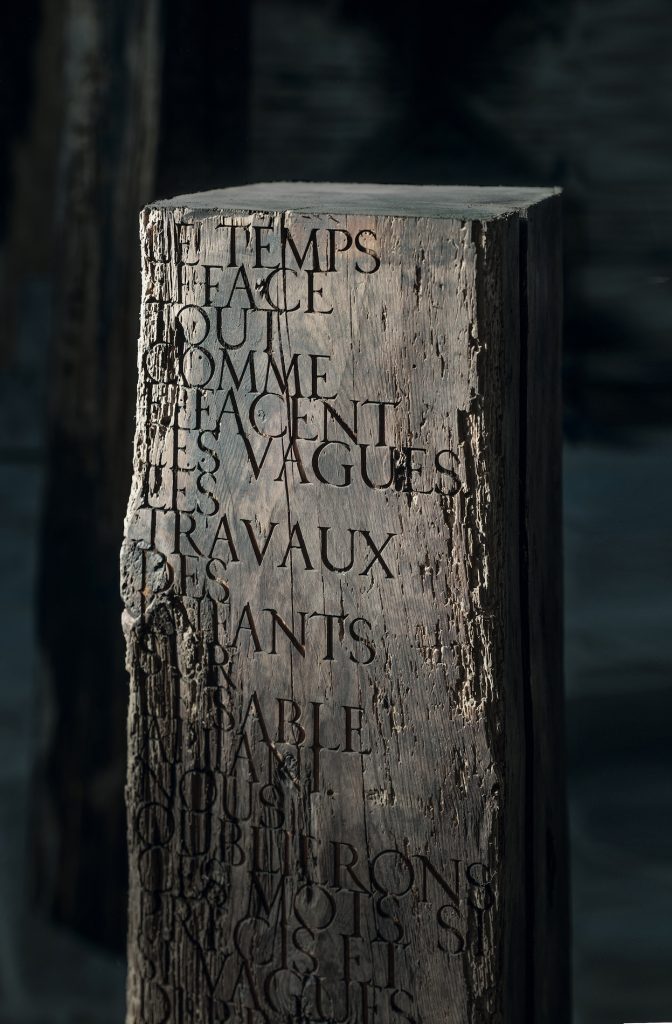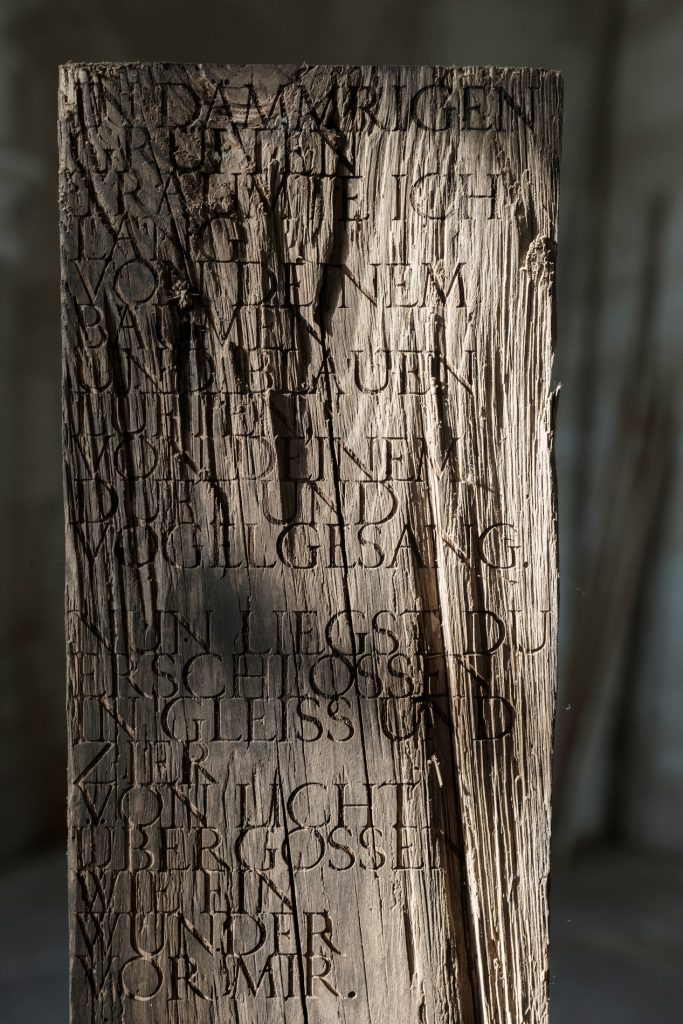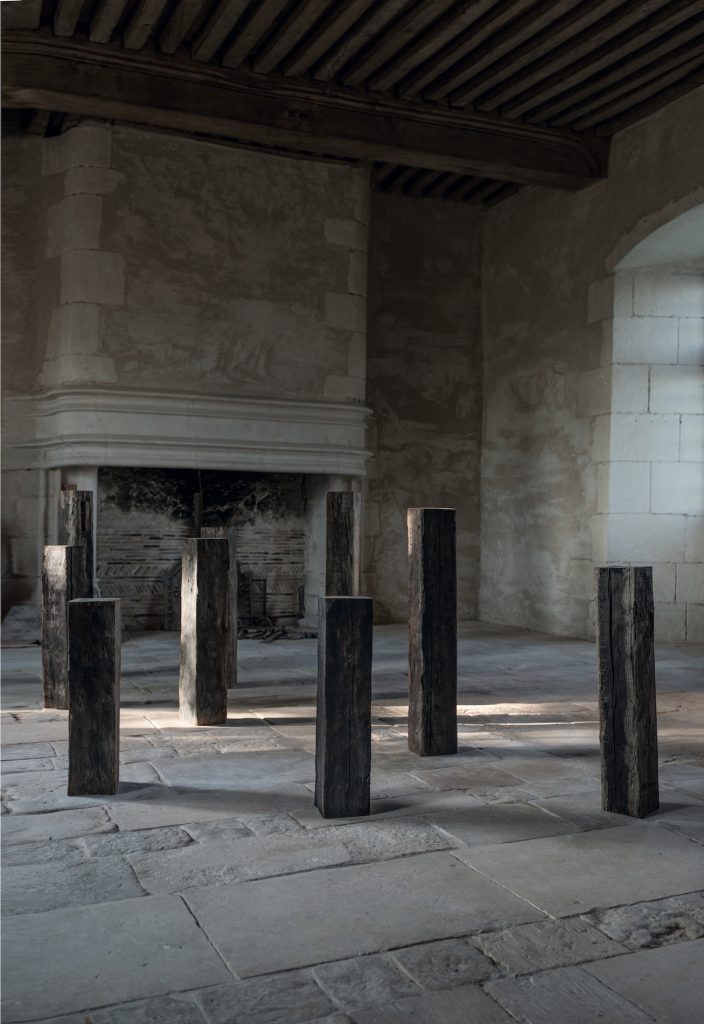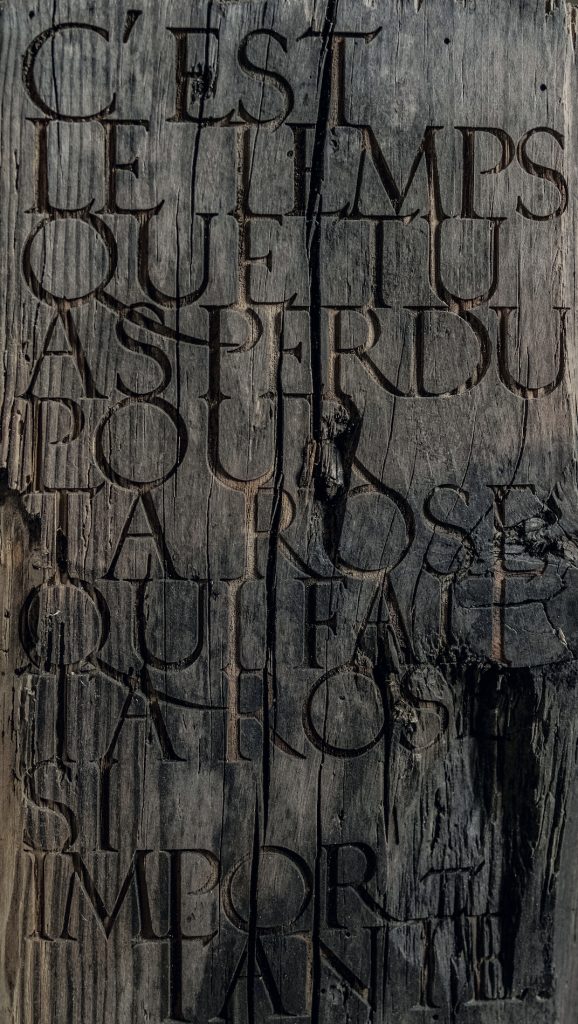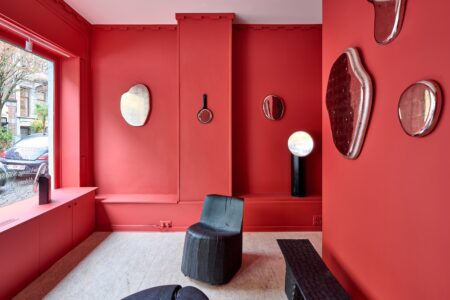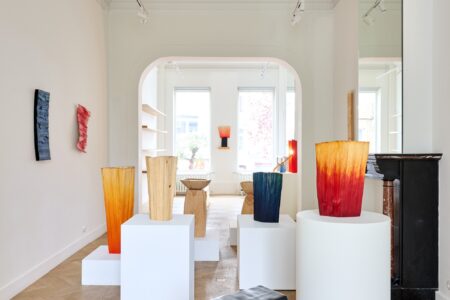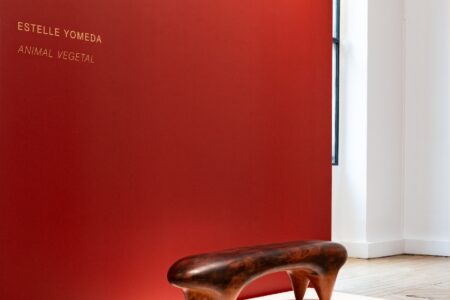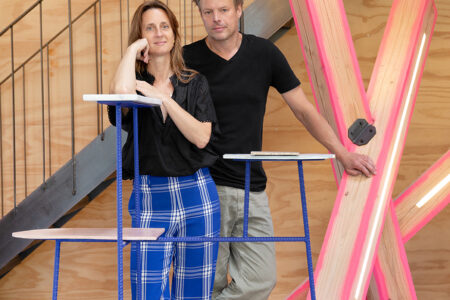Monoliths: Silence and Fragility by Definition
Jörg Bräuer created Monoliths, a unique work containing different 100-year-old cedar and oak wooden slabs with philosophical citations engraved. This, together with much of his other work, is on show at Spazio Nobile from January until March 2020. TLmag talked to him about his practice and the upcoming show.
From January until March 2020 Jörg Bräuer presents his solo show at Spazio Nobile. The newest and impressive work by the German-born metropolitan artist is called Monolith: different wooden slabs, each engraved with a citation chosen by the artist. The monoliths are made of 100-year-old cedar and oak wood. These are recovered from the Ancienne cognac cellar Monnet in France, in the region of Charente (dating 1838). Each monolith is unique and prepared by hand. The letterings are designed by the artist and laser cut in atelier. TLmag talked to him about this work, Monolith, and the upcoming show.
TLmag: Could you tell a bit more about the initial reason to create Monoliths?
Jörg Bräuer (JB): Each work has a particular format and material. I am fascinated by objects that convey a message in silence. The integrity of the object and place stays intact in this way, at the same time something larger can unfold inside the mind of the observer to create a new association to the subject and place. There is a message that transcends if the observer takes time and opens up. The poetry and prose are certainly personal statements and the viewer might agree or disagree. Each monolith has been cut to a unique height and are all individuals forming part of the group, somewhat assembling the characteristics of what we are. The works can be placed anywhere to make a new connection and associations. There is also an interaction with changing of light, which renders the surface characteristics differ depending on orientation, perspective and time, revealing the written words or hiding them.
The second thought was to show the fragility to writings and subject of thought. Communication by letterings has been around since the early days of modern civilizations The human inscription into stone or wood is probably 2000 years old. My lettering in the wood is relatively fragile as everything is exposed and degrades, the natural process of time. Some changes in the wooden surface make it difficult to read and understand letters or sentences, the message and content might get lost. Today we mainly communicate on screen and displays, nobody does letterings on wood anymore to publish a message. This on-screen lettering is very attractive and versatile, in less than a second all can disappear without any trace and the beauty of meaningful words and authors are lost. This change affects our relationship with what we read and we might demand something more solid.
TLmag: Could you elaborate on the material of choice? The 100-year-old cedar and oak wood seems very particular.
JB: Yes, the wood has been recovered from the old distillery of the Monnet cognac in the Charente about 60 km from my atelier in France. I like this old wood very much, like any other living element it shows the beauty of time when it is coming to age. The Monnet wood has the particular characteristics of the anthracite surface, caused by a special cognac mushroom in the distilleries. I found the woodblocks well suit the subjects, as the process of distilling cognac took many years, they are fueled with time.
TLmag: Could you briefly get into the choice of quotes you incorporated in Monoliths?
JB: When I take time, I love to read from the authors I always cared for and liked; Zweig, Herman Hesse, Goethe, Proust, Kant, Rilke, Murakami, Saint Exupéry. And when making a new discovery of prose that touches me, I note the sentence. Which then I regard well in my different collections, the subjects that interest me are varied. When I decided to bring together a collection of prose about time I also started to search in the beautiful antiquarians and old libraries in the lower part of Sablon in Brussels. I discovered small treasures of mostly french literature I was not familiar with from Paul Verlaine, Charles d´Orléans and Jacques Rousseau. Entering these shrines of very tight spaces and meters high shelves of books, one is surrounded by the beautiful smell of time coming from old papers and leather coverings. They are waiting to be liberated again. Sleeping souls halted in small heavens on earth waiting for their rebirth.
TLmag: Monoliths will feature in your upcoming solo exhibition at Spazio Mobile, could you tell us about this exhibition? Specifically, we’re interested in what narrative the exhibition unveils.
JB: The expo examines how humans stand in relation to time and space. A dialog of textures, materials, and different approaches in the perspectives of nature. The exhibition is composed of poetic, conceptual and abstracts works. There are the asper Iceland landscapes, that hold some fascinating abstract quality called asperity – a photography series. In a more close-up view the aged wine stocks series with the name CEPS discuss the rooting of time a series of unique handmade collodion photography plates portraying the soul of a fragile organism that does not want to become what our Zeitgeist or spirit of time, imposes on us; being interchangeable, aseptic and uprooted. Anthology is a series of paintings of the poetry I see in nature. The Monoliths – Texture du temps is the latest project, where I returned to some origins of mine when I was working with lettering and type design. In a year-long process, I made this series of wooden blocks embedding with some magic of words. In this exhibition, the visitor is up to make her/his narratives from what she or he discovers for themselves.
